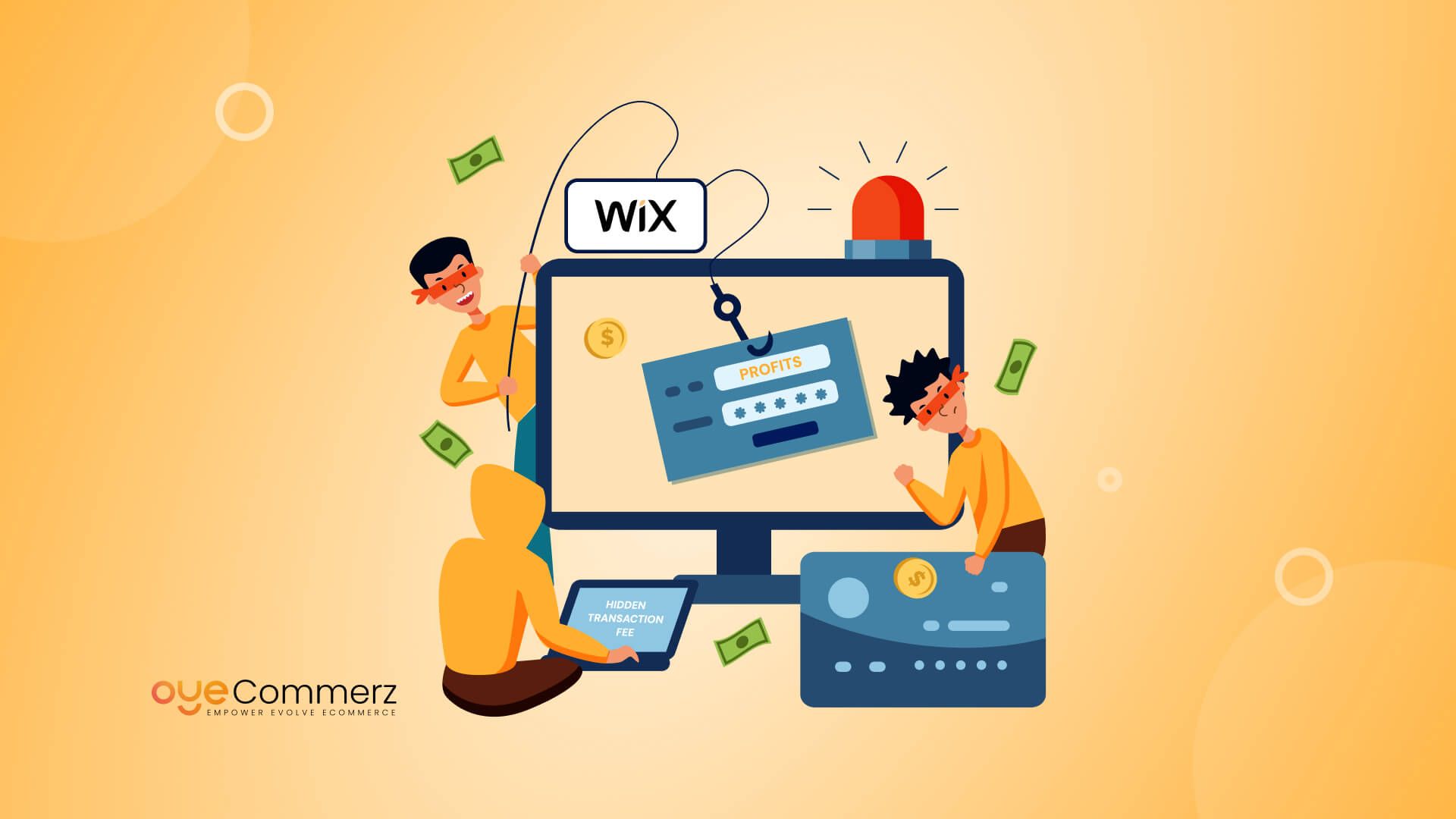In today's digital landscape, selecting the appropriate e-commerce platform is crucial for enterprise success. If you're presently utilizing Wix but are considering a switch to Shopify, you are in good company. Many companies are transitioning to Shopify to take advantage of its robust features, expandability, and specialized e-commerce solutions. This guide will walk you through the transition process, guaranteeing a seamless transition and setting you up for e-commerce success.
Why Switch from Wix to Shopify?
Before exploring the transition process, it's important to recognize why Shopify might be a superior choice for your e-commerce needs:
- E-commerce Focus: In contrast to Wix, which caters to various website types, Shopify is engineered exclusively for e-commerce, offering advanced tools and functionalities optimized for digital commerce.
- Scalability: As your business grows, Shopify can easily accommodate higher traffic and sales volume without sacrificing performance.
- Extensive App Ecosystem: Shopify provides a large collection of apps that can boost your store's capabilities, from marketing tools to inventory management solutions.
- SEO Capabilities: Shopify offers superior SEO options, which can help improving your store’s visibility on Google and others.
- Payment Options: With multiple payment gateways supported, including Shopify Payments, you can provide customers a wide range of payment methods.
Preparing for Migration
To guarantee a smooth migration from Wix to Shopify, follow these preparatory steps:
1. Save Your Information
Export all your information from Wix, including item information, customer information, and order history. This process is crucial as it guarantees you have a copy of everything before starting the migration.
2. Choose Your Shopify Plan
Assess the different Shopify plans available and choose one that best suits your business needs. Consider factors such as transaction fees, features included, and scalability options.
3. Create Your Shopify Profile
Register your Shopify profile and familiarize yourself with the platform’s dashboard and features.
The Migration Process
Now that you're prepared, it’s time to migrate your store from Wix to Shopify. Here’s how:
1. Import Products
Utilize Shopify's built-in migration utility or third-party tools like Cart2Cart or LitExtension to transfer your products from Wix to Shopify.
Make sure that product descriptions, images, costs, and Transfer customer data options are correctly imported.
2. Migrate Client Information
Upload customer information such as names and contact info into your new Shopify store. This step is critical for retaining client connections and advertising strategies.
3. Configure Transactions
Configure payment gateways in your Shopify store to ensure seamless payments. You can select from multiple options like debit methods, copyright, and more.
4. Personalize Your Store Design
Select a design that aligns Shopify dashboard with your business image. Modify it using Shopify's customization options to create an appealing and intuitive store layout.
5. Search Engine Optimization
Apply SEO best practices during the transition process:
- Set up 301 redirects from old Wix URLs to new Shopify URLs.
- Enhance product titles, descriptions, and images with relevant keywords.
- Modify meta tags and alt texts for improved search engine visibility.
After Migration Steps
Once your store is live on Shopify, consider these post-migration steps:
1. Check Your Website
Perform comprehensive testing of your new store:
- Check item listings for accuracy.
- Verify transaction methods.
- Make sure all hyperlinks work correctly.
2. Launch Marketing Campaigns
Broadcast your new store launch through newsletters and social platforms.
Think about running special offers or sales to draw shoppers.
3. Monitor Performance
Leverage analytics tools within Shopify to track revenue growth and customer behavior.
Adjust your strategies based on data insights.
Conclusion
Migrating from Wix to Shopify can significantly improve your e-commerce potential and lay the foundation for growth and success. By adhering to this manual and taking a systematic approach to the migration process, you can ensure a smooth transition that reduces downtime and boosts opportunities for revenue. Welcome the change and watch your online business thrive on its new platform!
